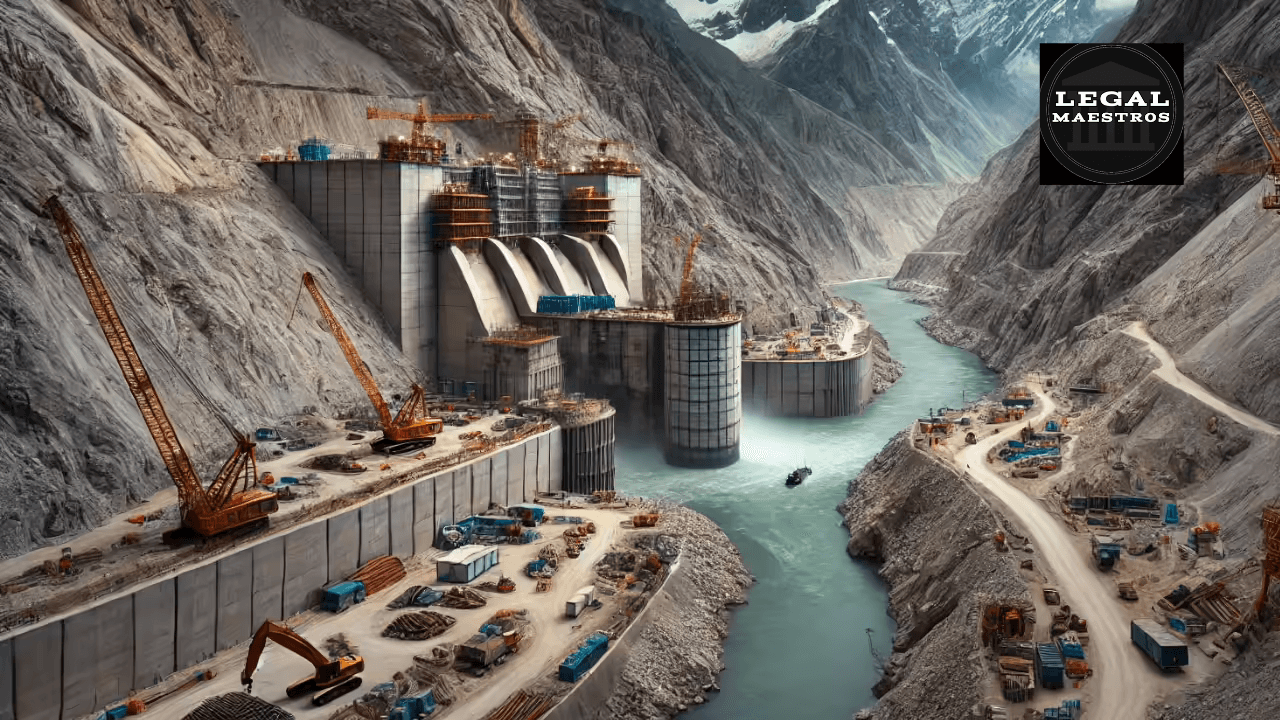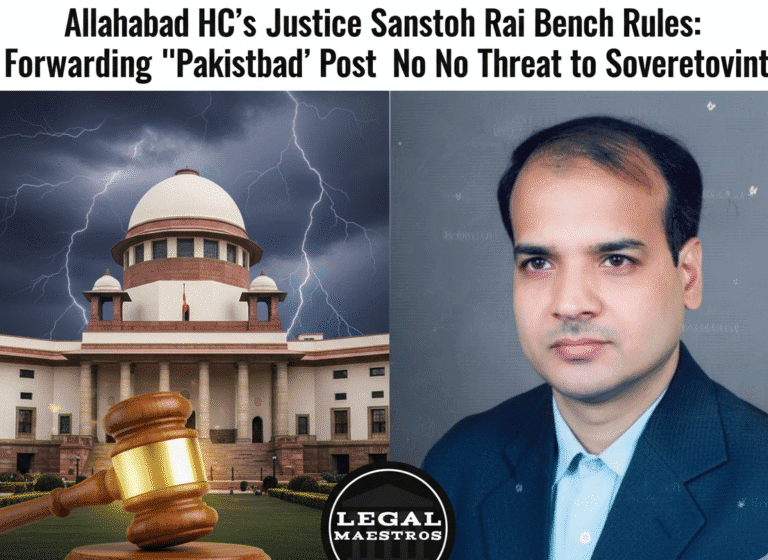
Is China Violating Global Norms? Brahmaputra Dam Construction Raises Alarms
A River That Sustains Millions
Okay, check this out picture a river so massive, it’s almost showing off. We’re talking about the kind that just bulldozes through mountains, then spreads out all chill over fields, rolling right by these towns where everyone’s got somewhere to be. That’s the Brahmaputra for you. Or Yarlung Tsangpo if you wanna get fancy and impress your geography teacher.
Glaciers did a number on this place a million years back, and honestly, the origin story feels like something out of a nature documentary that’s way better than you remember. But here’s where it gets real. When that river winds through northeast India, it’s basically the MVP for millions farmers, folks catching fish, whole families doing their thing.
It’s their everything: water to drink, bathe, grow food, all of it. So you can imagine people losing their minds when news drops that China’s planning to build these mega-dams upstream. Talk about anxiety levels through the roof. Is this what progress looks like, or just a disaster waiting to happen for everyone chilling downstream? Who knows, man. That’s the hot debate.
For any queries or to publish an article or post or advertisement on our platform, do call at +91 6377460764 or email us at contact@legalmaestros.com.
What Does International Law Say?
Okay, real talk countries have this sort of unofficial rulebook for rivers that wander across borders. The big one? It’s from this 1997 UN thing called the Watercourses Convention (the name’s a mouthful, I know). Anyway, two rules are the real MVPs here. First, Article 7 basically says: “Hey, don’t mess up the river for your neighbors—do whatever you reasonably can to avoid giving them a hard time.”
Fair enough, right? Then there’s Article 11, which is all about manners. If you’re planning some massive river project—like, say, dropping a dam—you’ve gotta give your downstream neighbors a heads-up, spill all the details, and actually talk it out before you break ground. Seems like basic decency, honestly.
For More Updates & Regular Notes Join Our Whats App Group (https://chat.whatsapp.com/DkucckgAEJbCtXwXr2yIt0) and Telegram Group ( https://t.me/legalmaestroeducators ) contact@legalmaestros.com.
For any queries or to publish an article or post or advertisement on our platform, do call at +91 6377460764 or email us at contact@legalmaestros.com.
How Big Dams Can Harm Downstream Lives
The Brahmaputra’s basically your lifeblood, yeah? Gotta have that water for your rice paddies no river, no crop, end of story. Now, let’s say someone upstream decides to play water god and just clamps down on the flow during the dry season. Suddenly, your paddy turns into a cracked-up wasteland. Rice? Gone. Your hopes? Toast. Not exactly a win. Now, switch scenes to Guwahati. Those guys piloting boats? Not there for a scenic cruise—they’re hauling families, veggies, goats, whatever you can name, just hustling across the river. Then, outta nowhere, water levels drop like a bad mixtape.
Boats get marooned in the mud, and suddenly, the whole supply chain just flatlines. No rice, no fish, nada. Life on pause. And dude, this isn’t some made-up disaster movie. Remember when China’s Lower Subansiri project went nuts in 2000? They dumped too much water, and surprise downstream folks got slammed with floods. Homes washed away, highways just vanished. Pure bedlam. So yeah, that’s the reason behind Article 7 of the UN Convention and its whole “no significant harm” rule. It’s not just lawyer-speak it’s there so people downstream don’t get shafted every time someone upstream gets a little too dam-happy. Honestly, kinda common sense, right?
Early Warning: A Lifeline for Planning
Section 11 of that Convention? It basically screams, “Hey, don’t keep secrets!” If a country’s about to throw up a dam, they’ve gotta spill everything blueprints, water release plans, all those nerdy environmental reports—way ahead of time. Like, months before anyone even picks up a shovel.
For any queries or to publish an article or post or advertisement on our platform, do call at +91 6377460764 or email us at contact@legalmaestros.com.
Why? So folks living downstream aren’t caught napping. They can beef up their flood alerts, tweak when they plant crops, maybe slap some extra sandbags on the riverbanks. Skip this whole sharing-and-talking step, and yeah, you’re pretty much inviting chaos—floods outta nowhere, wildlife scrambling, rivers taking a beating. Not exactly neighborly, huh?
Are Global Norms Being Overlooked?
Honestly, China’s been pretty stingy with info on what’s going on upstream, and, yeah, India’s not thrilled. Assam’s folks are basically left biting their nails like, what if there’s a crazy storm in Tibet and suddenly China dumps a bunch of water downstream? Or, you know, those “state-of-the-art” dams end up having some embarrassing design flaw and bam disaster.
In the meetings, India keeps waving Article 7 and Article 11 around, saying, “Hey, you’re supposed to not mess with us and at least talk things through.” Critics are quick to jump in, too, saying that if you just ignore these rules, you’re not only potentially breaking international law, but also trashing whatever trust is left between the two countries. Not exactly great for neighborly vibes.
For any queries or to publish an article or post or advertisement on our platform, do call at +91 6377460764 or email us at contact@legalmaestros.com.
Stories from the Riverbank
Let’s talk about Rima for a sec. She teaches kids in Tezpur—probably more patience than I’ll ever have—and she still gets flashbacks to those insane floods back in 2013. You remember the Brahmaputra just going wild after days of rain? Total chaos. And get this: local officials swear up and down that if China had bothered to give a heads-up before dumping water from their dams, people could’ve bailed out of those flood-prone villages way sooner. But nope.
Now, swing over to Jorhat, and there’s Suresh, hustling as a fisherman. Dude’s catch got slashed in half overnight because the river decided to get moody and change its flow no warning, just bam, fewer fish, more stress. These aren’t just sad little anecdotes, either. They straight-up show why those international water-sharing rules aren’t just legal mumbo-jumbo they’re about keeping folks safe and letting them live their dang lives.
Finding a Way Forward
No need to turn this into some epic showdown. If China just coughs up the nitty-gritty details like Article 11 says, Indian engineers and environmental folks can actually get a handle on the risks and maybe throw in some decent safety ideas. Imagine actual joint monitoring stations, watching water levels live, cutting out all that cloak-and-dagger nonsense and swapping it for real teamwork.
For any queries or to publish an article or post or advertisement on our platform, do call at +91 6377460764 or email us at contact@legalmaestros.com.
And hey, why not hammer out some legit “watercourse agreements” tailored to the Brahmaputra, instead of just copying the UN Convention word-for-word? Lay it all out who does what when the water gets dicey, how to share info, and what to do if disaster hits. Simple in theory, right?
Restoring Trust Through Law and Dialogue
Whether this river becomes a lifeline or a lightning rod totally depends on how much both sides are willing to play nice and stick to their promises. If they actually pay attention to the UN Watercourses Convention lookin’ at you, Articles 7 and 11, all about not screwing over your neighbors and giving everyone a heads-up maybe, just maybe, they could turn what’s usually a tug-of-war into a freakin’ high-five moment.
That’d mean not just keeping the river alive, but also letting millions of people downstream keep farming, fishing, and, you know, actually living.
For any queries or to publish an article or post or advertisement on our platform, do call at +91 6377460764 or email us at contact@legalmaestros.com.




